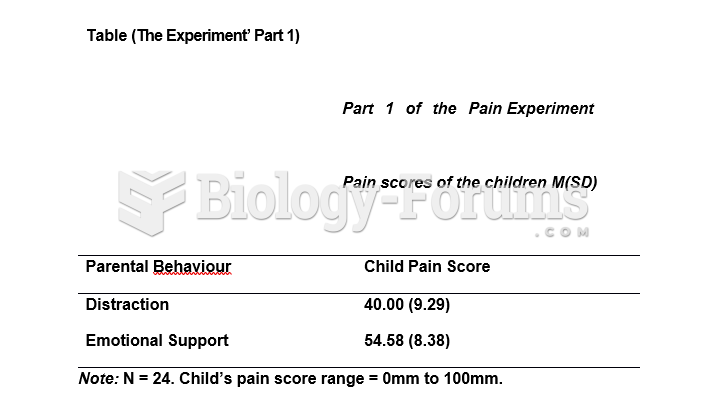|
|
|
Many supplement containers do not even contain what their labels say. There are many documented reports of products containing much less, or more, that what is listed on their labels. They may also contain undisclosed prescription drugs and even contaminants.
Serum cholesterol testing in adults is recommended every 1 to 5 years. People with diabetes and a family history of high cholesterol should be tested even more frequently.
Persons who overdose with cardiac glycosides have a better chance of overall survival if they can survive the first 24 hours after the overdose.
This year, an estimated 1.4 million Americans will have a new or recurrent heart attack.
Approximately 15–25% of recognized pregnancies end in miscarriage. However, many miscarriages often occur before a woman even knows she is pregnant.
 Adult neurogenesis. The top panel shows new cells in the dentate gyrus of the hippocampus—the cell ...
Adult neurogenesis. The top panel shows new cells in the dentate gyrus of the hippocampus—the cell ...
 Facing the table, place one hand on the thigh and the other on the lower leg. Gently rock the leg ...
Facing the table, place one hand on the thigh and the other on the lower leg. Gently rock the leg ...





